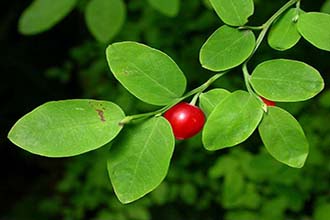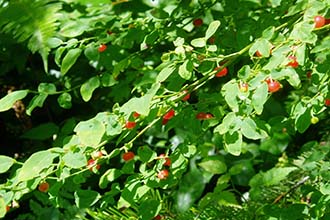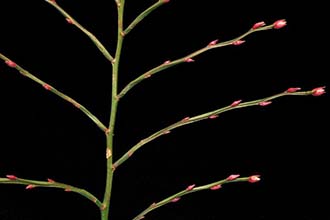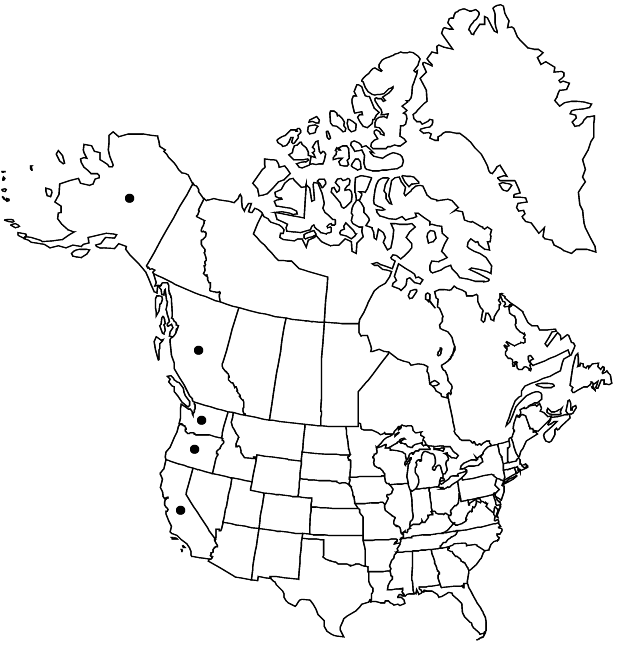Taxonomy: Kingdom - Plantae (plants). Subkingdom - Tracheobionta (vascular plants). Superdivision - Spermatophyta (seed plants). Division - Magnoliophyta (flowering plants). Class - Magnoliopsida (dicotyledons). Subclass - Dilleniidae. Order - Ericales. Family - Ericaceae (heath). Genus - Vaccinium L. Species - Vaccinium parvifolium Sm.
Ecology: Red huckleberry occurs as a climax shrub in western hemlock, western hemlock-Sitka spruce, Douglas-fir, and redwood forests of the Northwest. It is also capable of surviving many types of disturbances and can be important in certain seral communities. Red huckleberry dominates many seral communities in western hemlock forests of the Northwest and is particularly common on unburned clearcuts. In the Cascade Range, red huckleberry assumes prominence during the initial herbaceous stage of succession which occurs 0 to 5 years after disturbance. Red huckleberry abundance declined as conifers and deciduous trees develop into a closed canopy.



